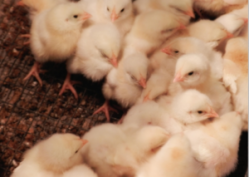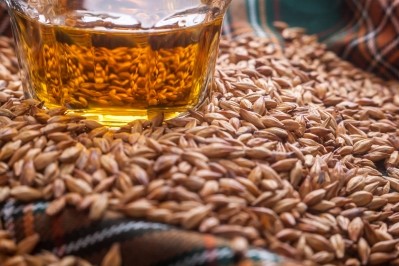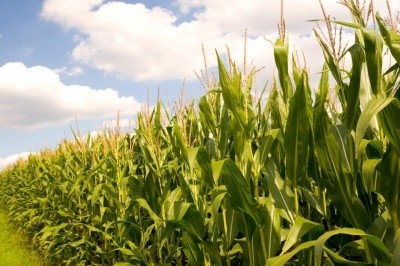Corn byproduct may offer needed carotenoids, alternative oil use

The ethanol byproduct oil used to be contained within distillers dried grains with solubles (DDGS), said Peter Ferket, extension specialist and William Neal Reynolds Professor in the department of poultry science at North Carolina State University. But more recently the oil has been removed for use in biodiesel production.
“It had a pretty high energy value and protein value, so it had a good content for poultry, and then they started pulling out the oil,” he told FeedNavigator. “They took a lot of the energy out of it, and so the use in poultry diets and turkey diets decreased, and it wasn’t as cost effective.”
But, his research team thought that the removed oil might still offer value for poultry diets, he said, especially because the red color suggested that it contained a certain level of carotenoids.
“The goal [of his research] was to look at the variability and availability of the oil, and we did that,” he said. “The next step is, what is the bioavailability of these carotenoids for broiler skin and also in egg yolks?”
Dr Justin Fowler, extension poultry nutritionist at the University of Georgia, in a review of abstracts presented at IPPE for us, highlighted the CDSO study as one to note.
Why carotenoids?
Carotenoids in corn produce a pigment in chicken skin and egg yolks, said researchers. However, they also are antioxidants and help modulate the immune system.
Development of the oil byproduct may offer an alternative revenue stream for ethanol plants, said Ferket. “The poultry people really want that stuff, so we’re really looking at an added value for that oil from $30 to $80 per ton of oil using current economics.”
It also may offer a cost-efficient feed ingredient for producers using a non-corn based diet that are looking to add more pigment to their broilers or eggs, he said.
“In Mexico or Canada where they feed other things, they have to put in these artificial carotenoids to get the same color,” he said. “What we’re doing is saying those carotenoids in the ethanol business, they end up in the oil – you can get that natural look from the oil.”
Experiment
In the experiment 708 broiler chicks were given one of six feeds for 56 days, said researchers. The diets included a control and that diet with 25, 50, 75 or 100% added CDSO in place of soybean oil. A positive control diet included a current color additive.
Body weights were taken on days 1, 14, 28, 35, 42, 49 and 54, they said.
Bioavailability of the carotenoid pigment supplementation was measured by the degree of yellowness in the shank skin, skin on the breast and breast muscle, they said. Yellowness of shank skin was measured on days 14, 21, 28, 37, 44 and 51 and yellowness of breast skin and tissue were measured at or post harvesting with a chromometer.
Results
There were no growth performance differences between birds on the different diets, said researchers.
After day 28, shank skin results increased linearly as the amount of carotenoid in the diet increased, they said. And the bioavailability of the carotenoid in the oil was similar to that from the commercial product.
“There was a significant increase in yellowness value with each incremental increase in dietary CDS oil supplementation until all the 4% dietary inclusion of soybean oil was replaced with CDS oil,” they said. “It is noteworthy that there was no significant difference in shank skin yellowness observed between the 100% CDS oil treatment and the positive control treatment.”
The breast skin color and meat color also increased linearly as the amount of oil in the diet rose, they said.
“Based on the breast skin color response, the bioavailability of carotenoids in CDS oil was determine to be 95% of the carotenoids supplied by a commercial marigold extract, closely confirming the response observed with shank skin color,” they said. In breast meat it was about 87%.
The results were similar in terms of the color given to egg yolks, said Ferket. “The bioavailability of the pigment that is in the corn distillers soluble oil is equal to the commercial type pigments typically used so it’s as available,” he added.
However, there is some variability in the level of carotenoids in the CDSO work could be done to limit the fluctuation, he said.
“The next step is to figure out how to concentrate the carotenoids but that might be more expensive so we’ll have to figure out some novel ways to do that,” he said.








